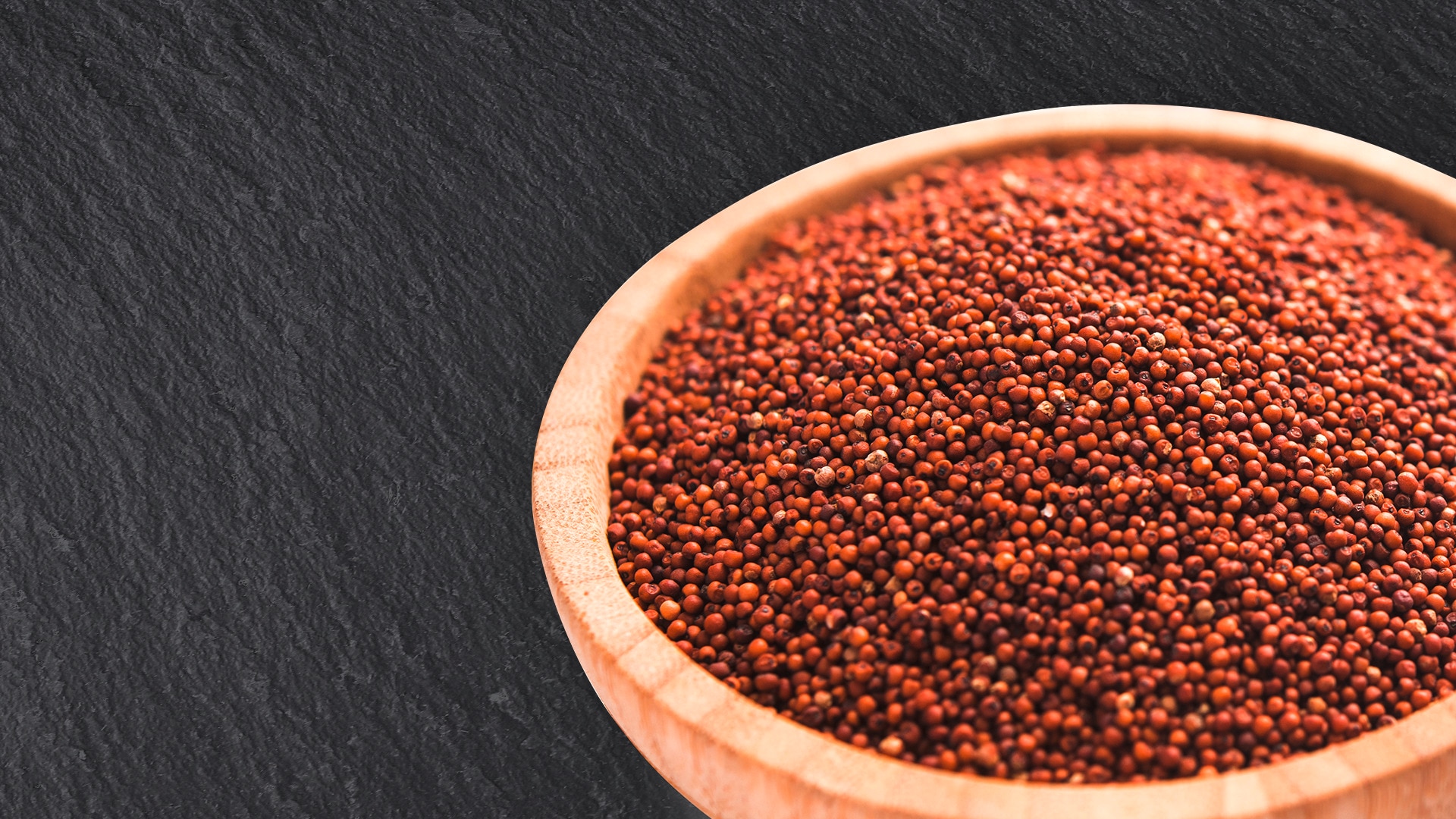Skip to:
Finger millet is a cereal that has been cultivated for thousands of years since it was first domesticated from the wild subspecies in the highlands that range from Uganda to Ethiopia.
A member of the grass family, it is now farmed more widely in the arid regions of Africa and South Asia as a staple cereal. Although the diverse group of crops known as millets is among one of the most consumed, finger millet is often overlooked by the world at large as it only makes up around ten percent of global millet production.
As a crop, it has many benefits. It can thrive in soils of low fertility and can be intercropped with maize, sorghum and legumes. It has a higher natural resistance to insects than similar crops, leading to higher yields with less dependence on pesticide use. Of all major cereals, millet is one of the most nutritious. It is a good source of fibre and vitamin B1 and is rich in minerals.

